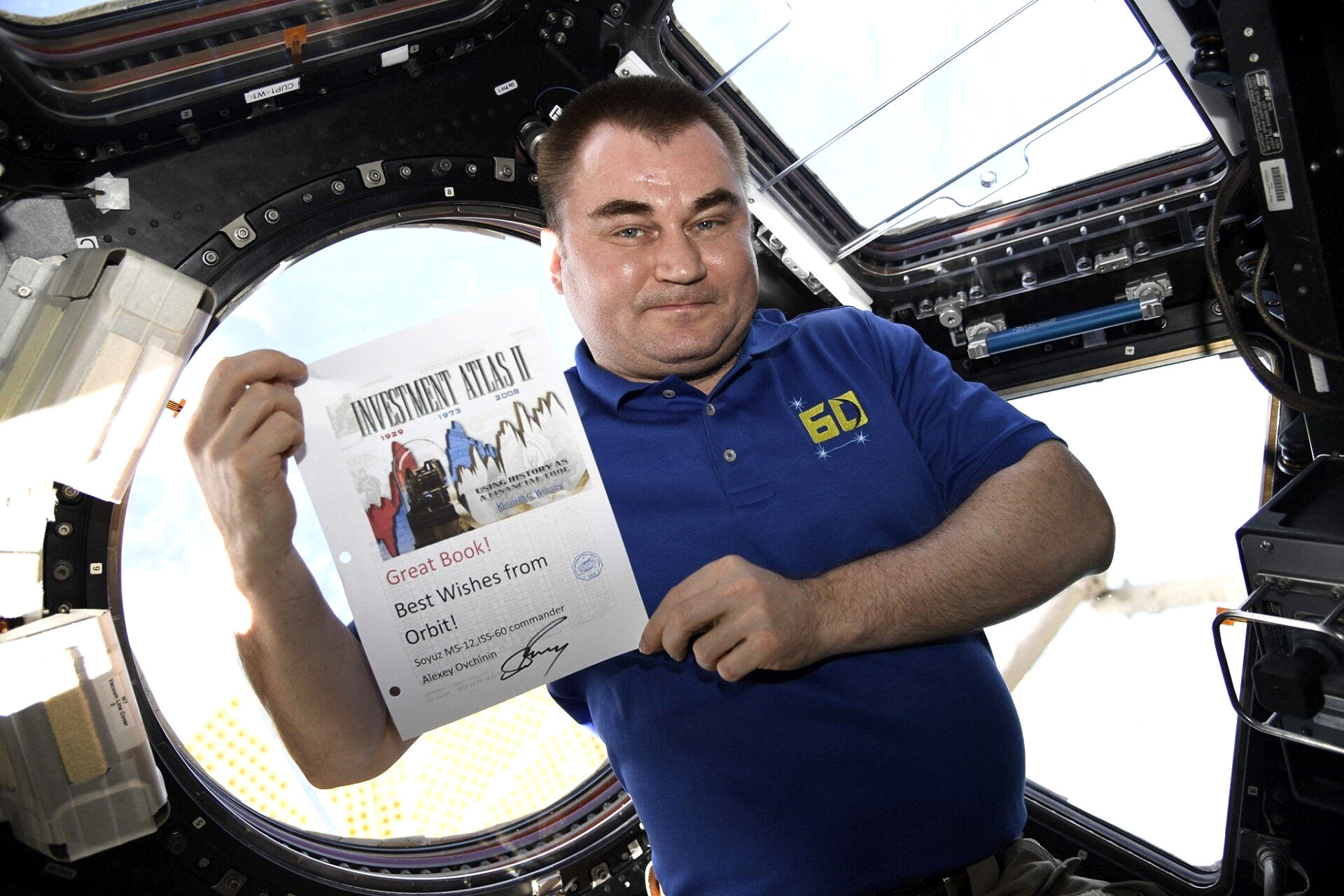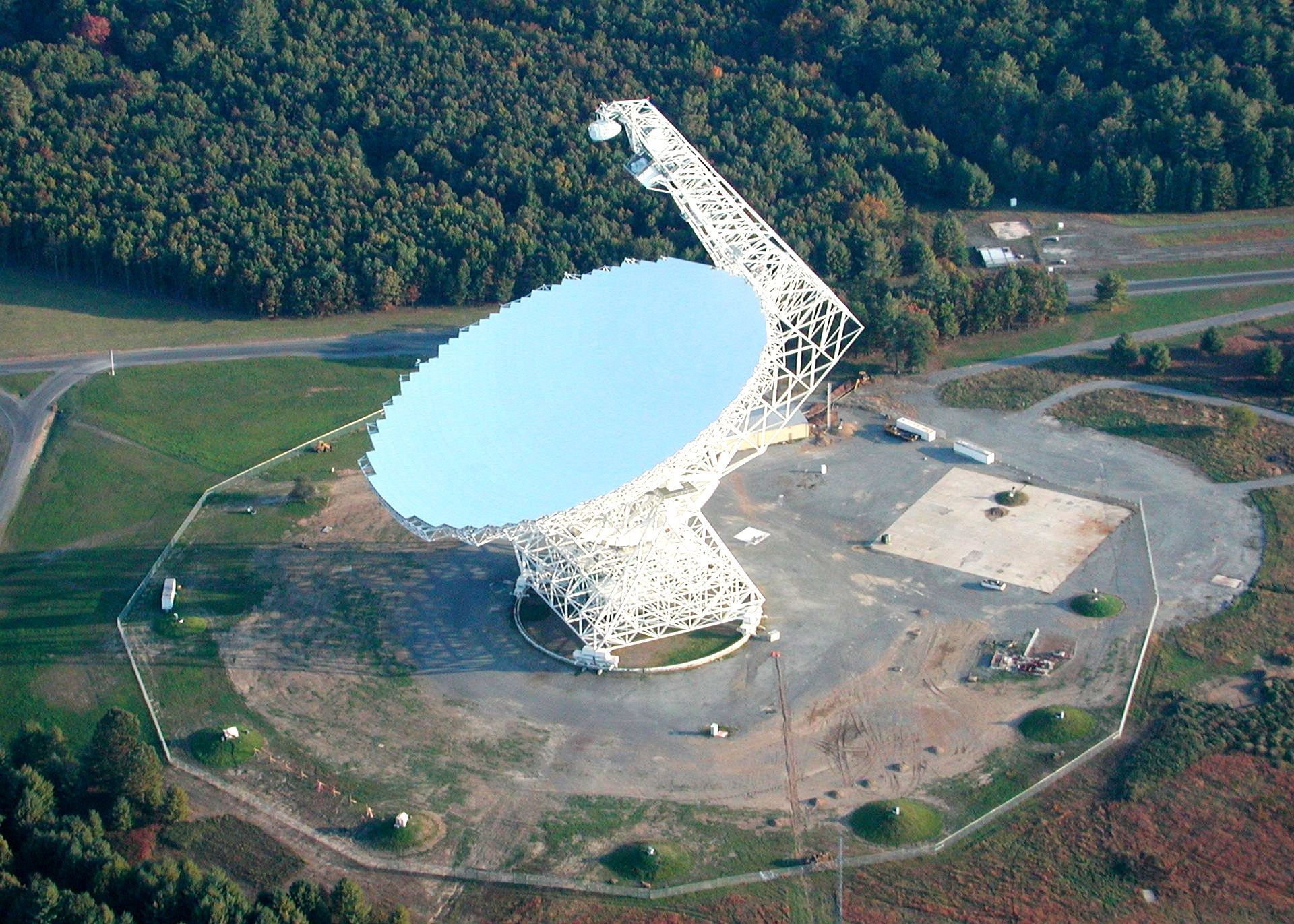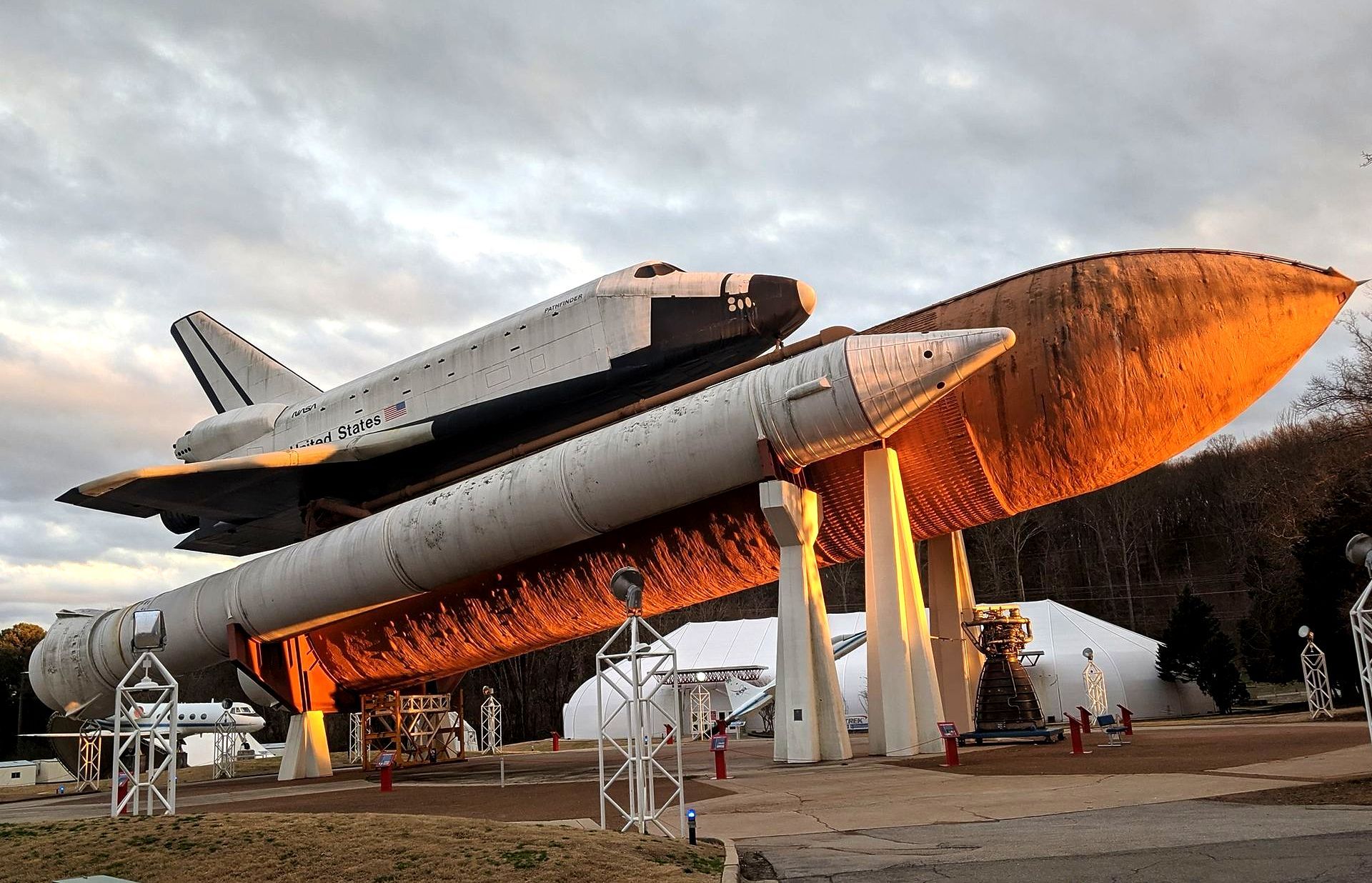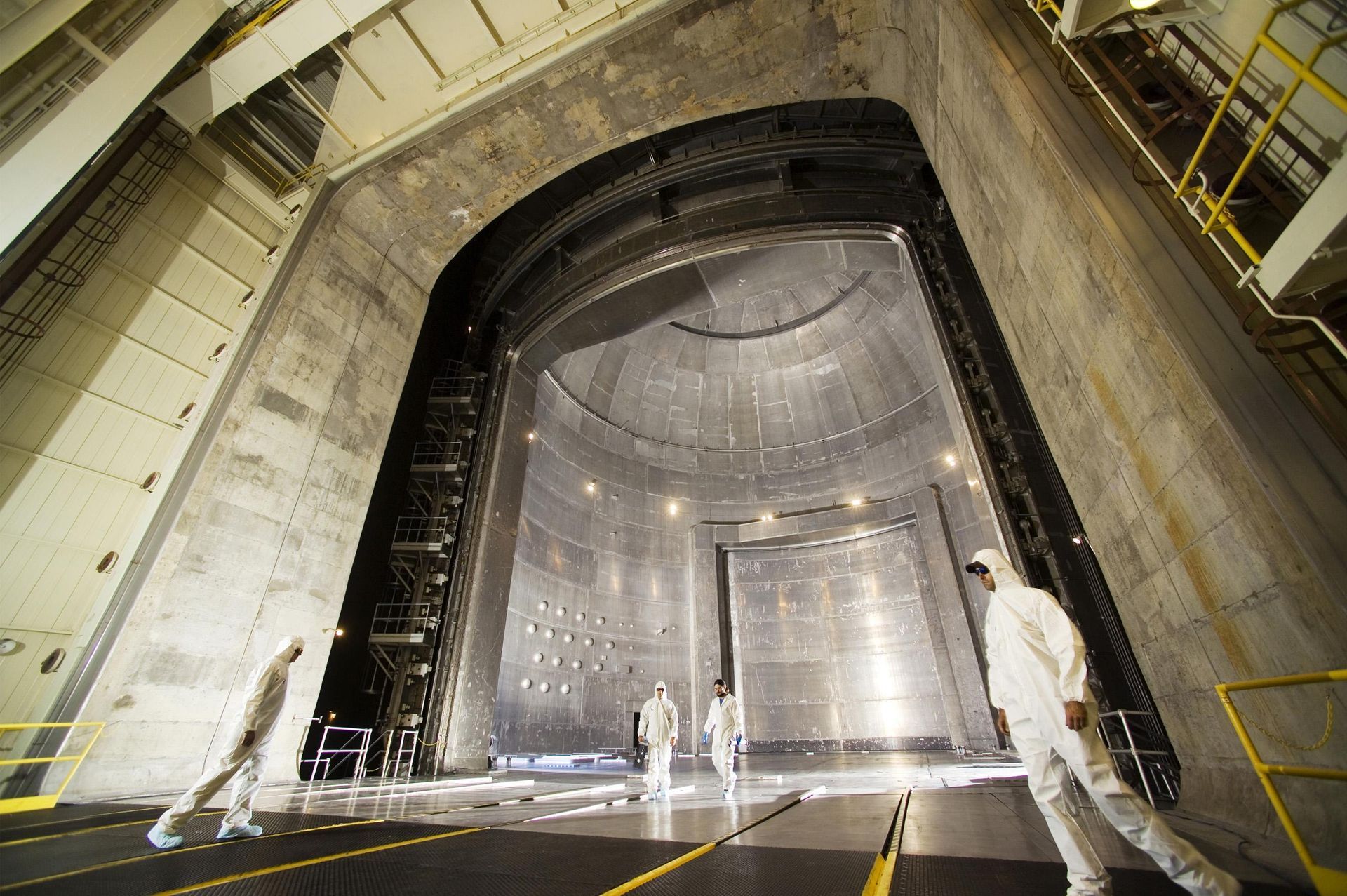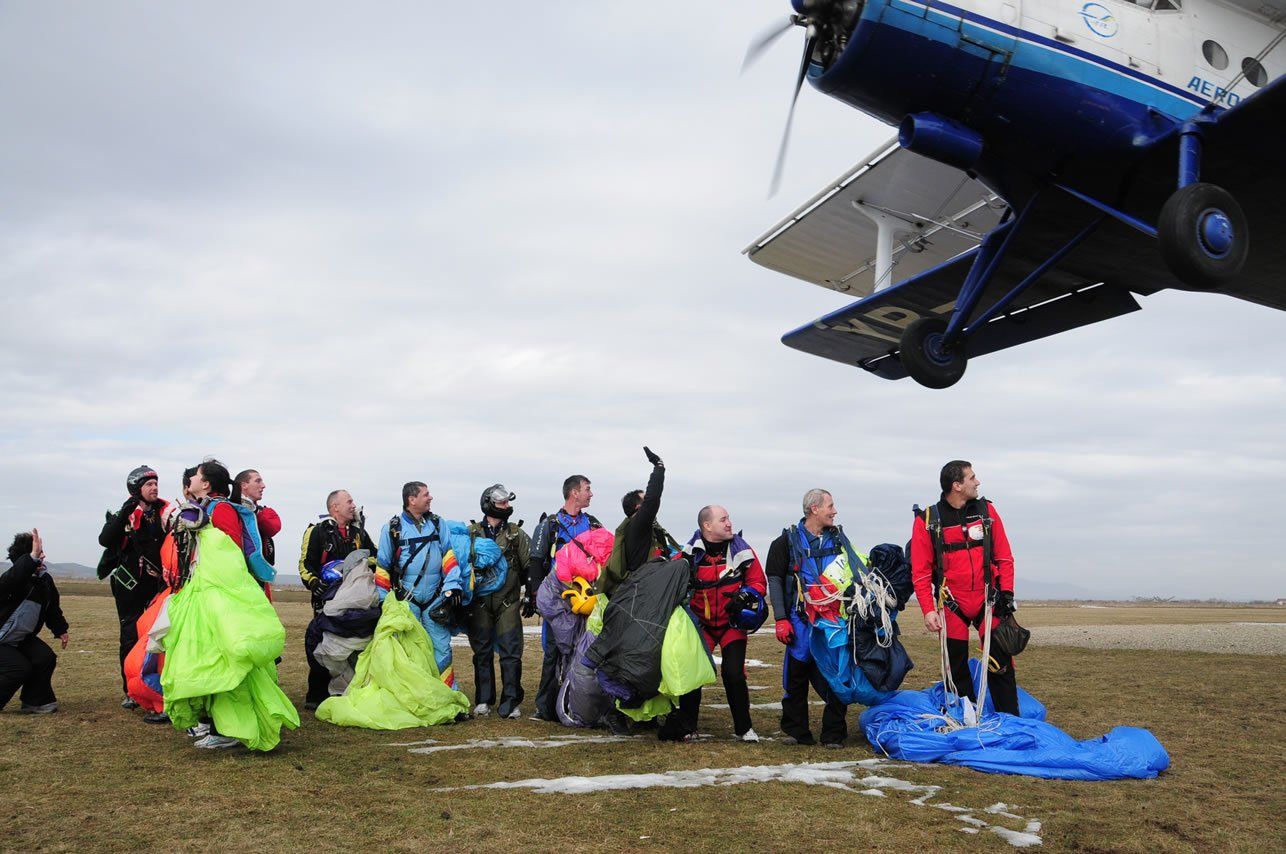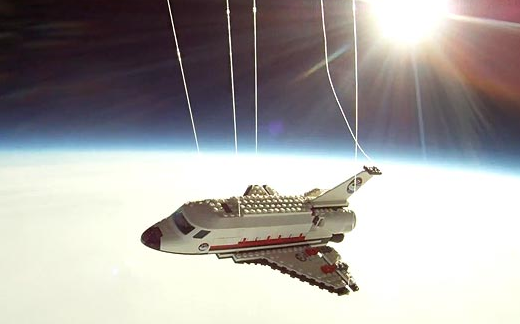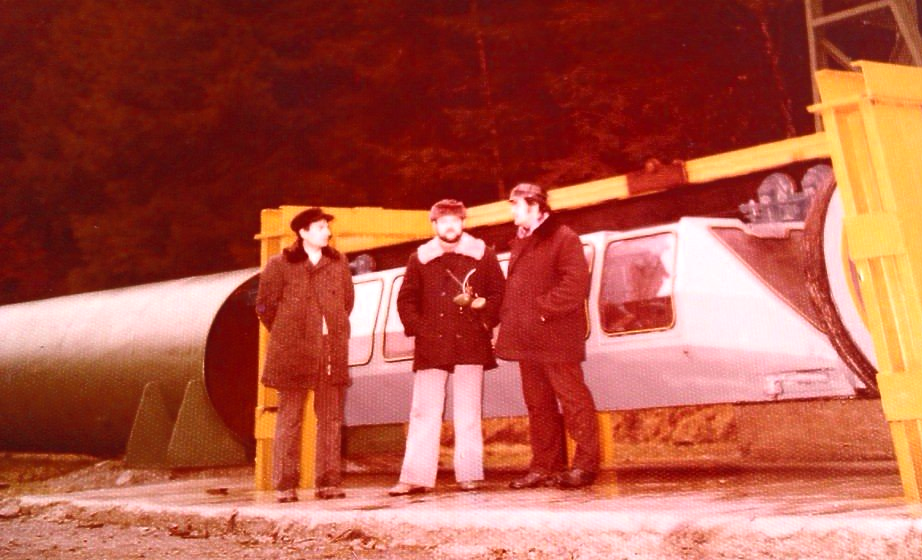World’s First Private Space Station, Haven-1 sets world record
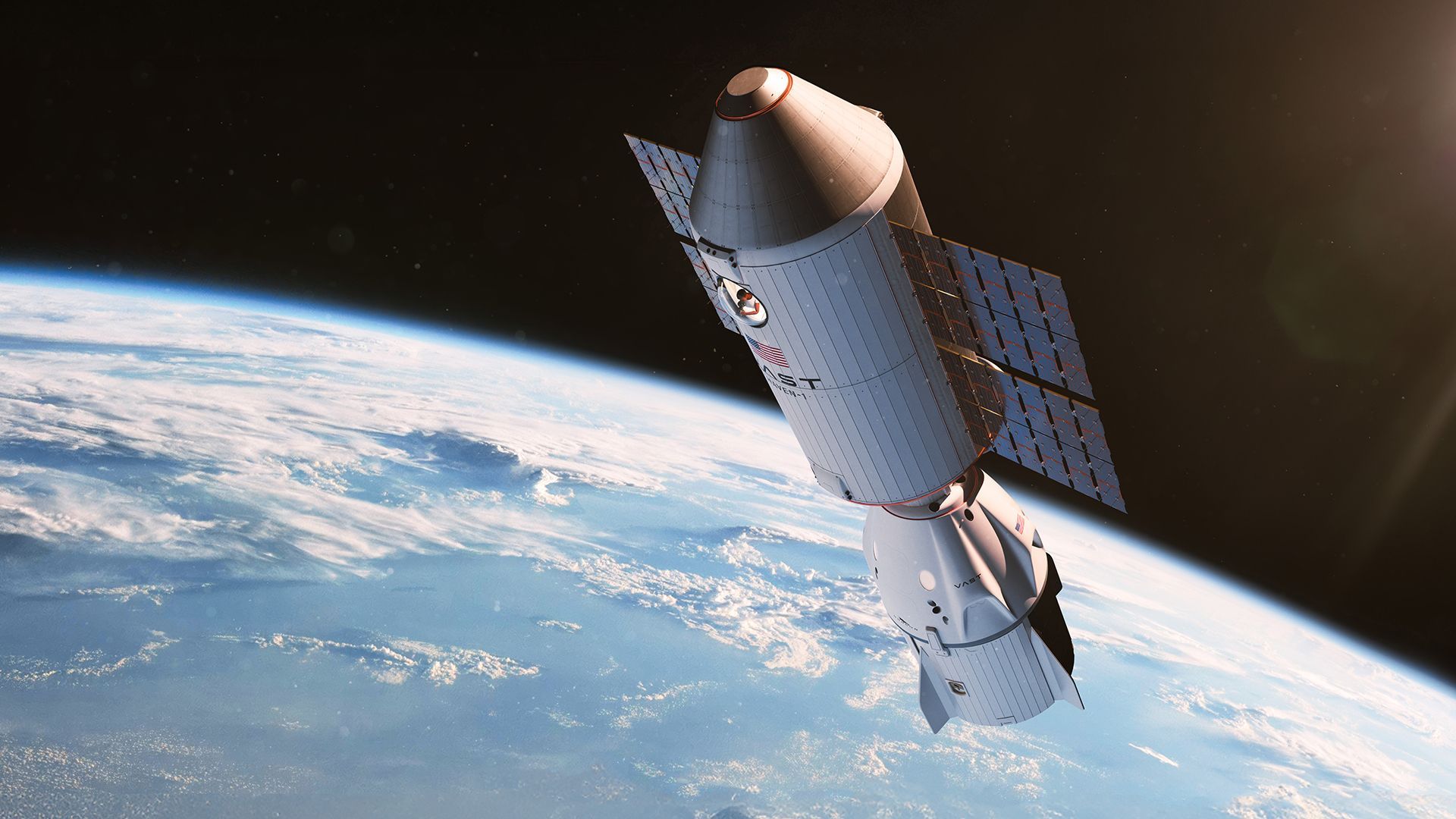
Long Beach, California, United State--Haven-1, developed by the American company Vast, a single-module station designed to launch in May 2026 on a SpaceX Falcon 9 rocket and will support up to four astronauts for short-duration missions, sets the world record for the World’s First Private Space Station (World's first commercial space station), according to the WORLD RECORD ACADEMY.
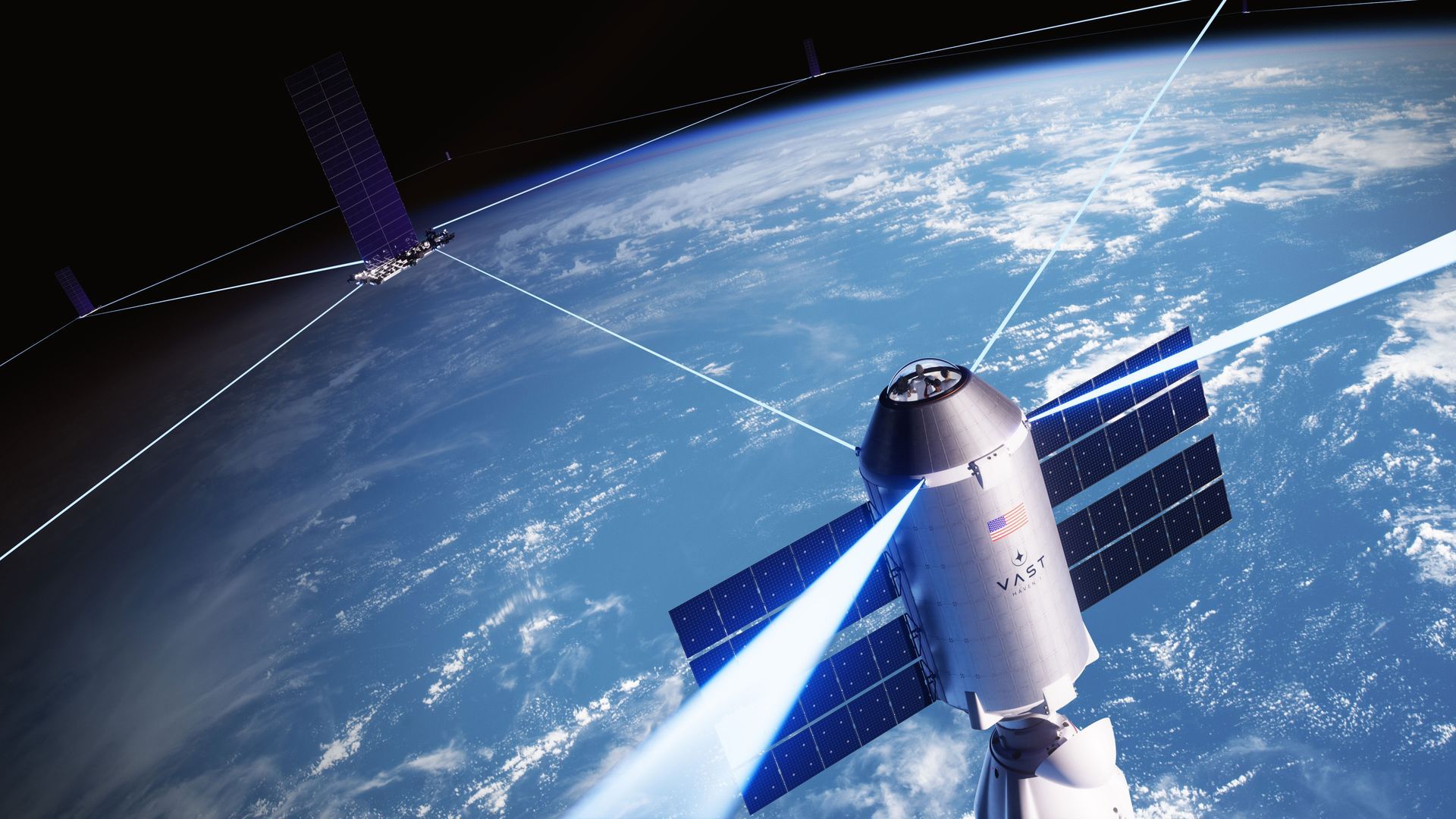
"The world's first private space station is Haven-1, developed by the American company Vast. It is a single-module station designed to launch in May 2026 on a SpaceX Falcon 9 rocket and will support up to four astronauts for short-duration missions.
"Haven-1 will be used for research, manufacturing, and technology testing in microgravity." (AI Overview)
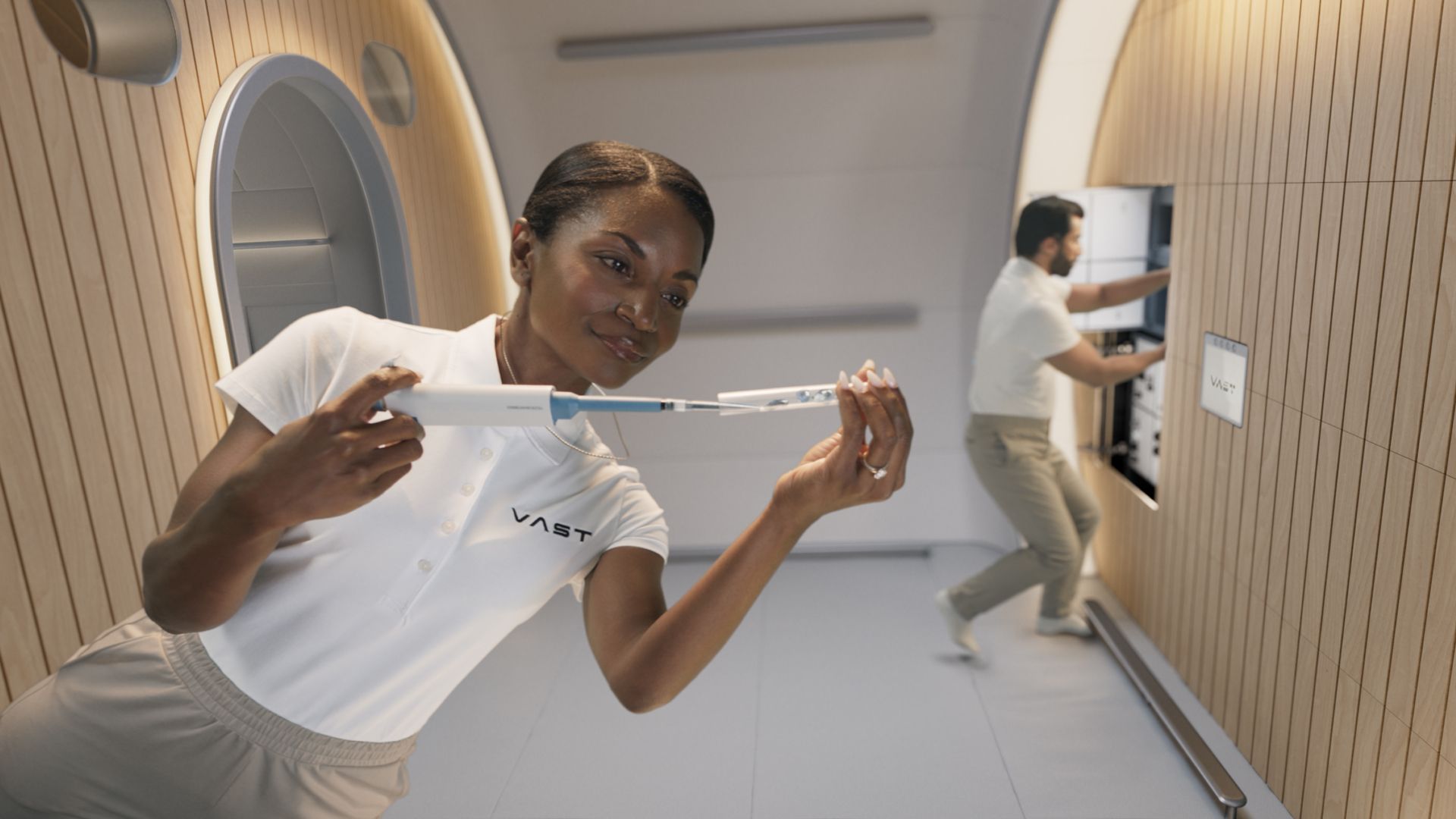
- Company: Vast
- Name: Haven-1
- Launch Date: May 2026 (planned)
- Rocket: SpaceX Falcon 9
- Capacity: Up to 4 astronauts
- Mission Duration: Approximately 30 days
- Purpose: Human-centric innovation lab for research, manufacturing, and technology testing in microgravity, for both private and government missions
- Key Features: A large, human-centric design with a 1.2-meter (4-foot) domed window
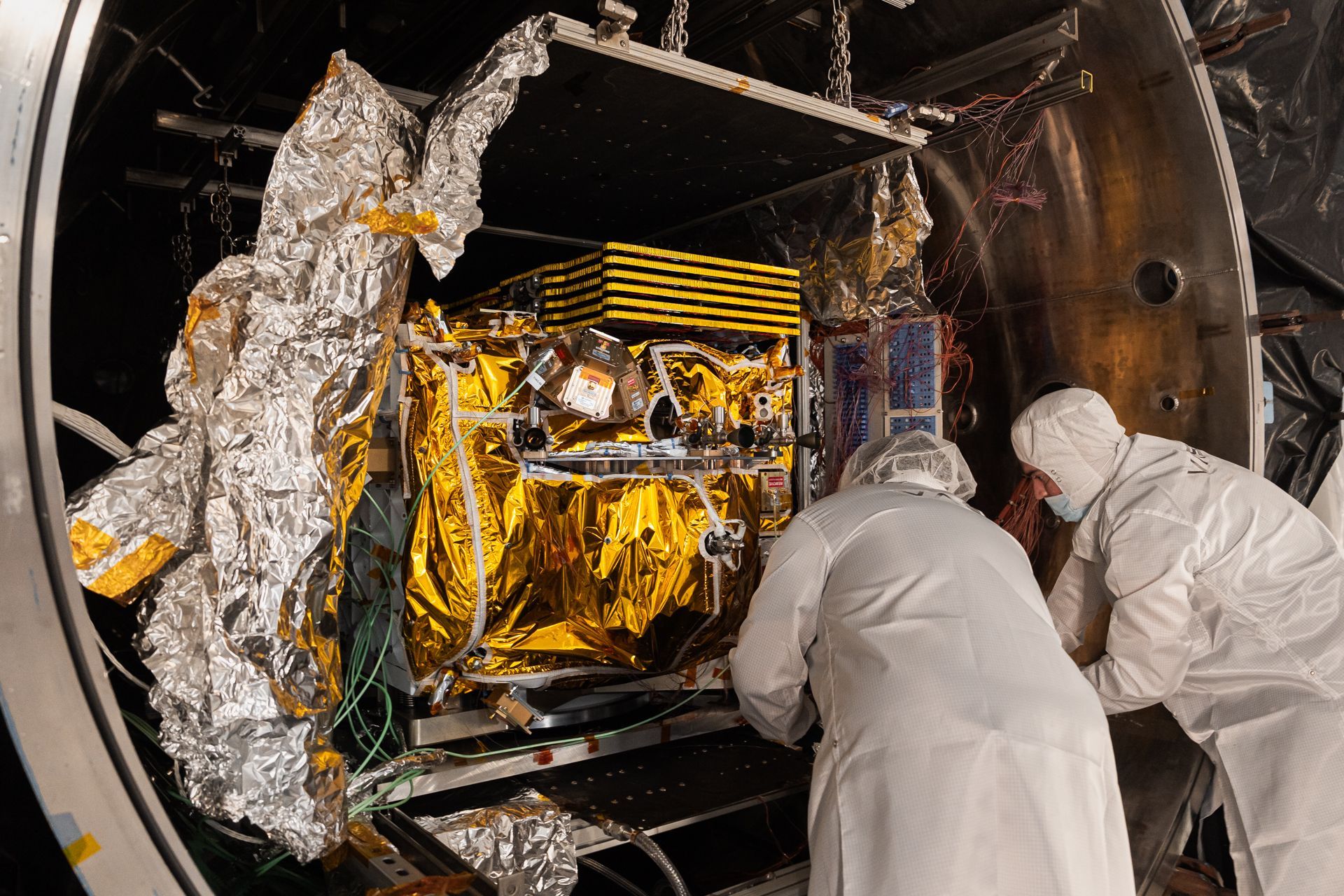
"Haven-1 is a planned space station in low Earth orbit that is currently in development by American aerospace company Vast. The station is expected to launch no earlier than May 2026 atop a SpaceX Falcon 9. The first mission to Haven-1, Vast-1, is expected to launch a crew of four astronauts on board a Crew Dragon spacecraft to the space station for thirty days.[3] More launches are expected to occur using Crew Dragon to shuttle astronauts to and from Haven-1 over the course of its lifespan.
"With 45 m3 (1,600 cu ft) of habitable volume, The station will be unable to sustain itself over a long period of time and will rely on the Crew Dragon for long-term missions by using its life support systems. Using Dragon, the station will be capable of sustaining 4-crew missions with 24/7 communication facilities, up to 1,000 watts of power, up to 150 kg (330 lb) of preloaded cargo mass, and science, research, and in-space manufacturing opportunities for up to 30 days." (Wikipedia)
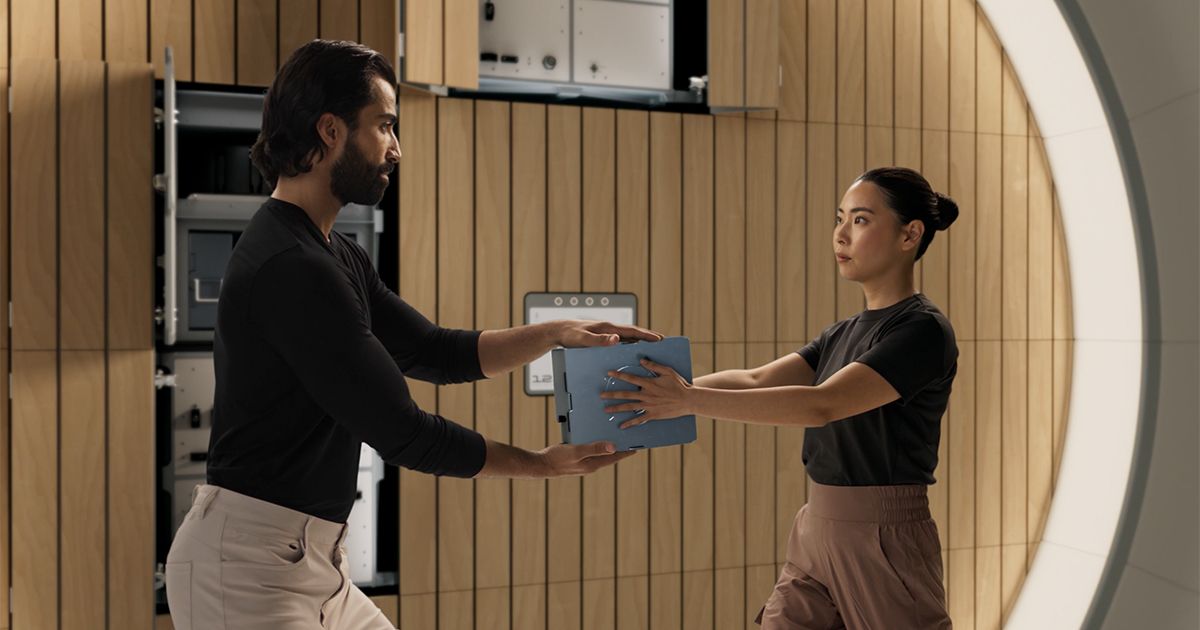
"Vast (also styled Vast Space) is a privately held American aerospace company headquartered in Long Beach, California. It was founded in 2021 by entrepreneur Jed McCaleb with the goal of developing artificial gravity space stations to "expand humanity beyond the solar system".
"Founded in 2021, Vast "officially" launched in September 2022 with the mission to develop the world's first artificial-gravity space stations. Vast later announced in January 2023 that it planned to relocate its corporate headquarters from El Segundo, California to a newly built 115,000 square-foot facility in Long Beach. The new facility, located in the city's Globemaster Corridor Specific Plan, also planned to house the company's manufacturing operations.
"In May 2023, Vast announced that it had teamed up with SpaceX to launch its first single-module space station called Haven-1 aboard a Falcon 9 rocket no earlier than August 2025. Plans were also unveiled for a crewed flight up to Haven-1, called Vast-1, to be launched shortly after placing the station in orbit. Vast plans to sell 4 seats aboard the spacecraft, after which the crew would receive training by SpaceX in preparation for the mission." (Wikipedia)
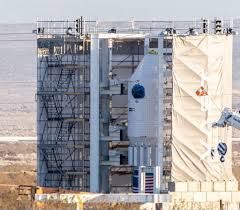
"Vast-1 is a planned private spaceflight to the Haven-1 space station, planned to launch no earlier than June 2026 by American aerospace company Vast.[3] Vast-1 is expected to launch on a Falcon 9 rocket, using a Crew Dragon vehicle, both manufactured by SpaceX. The stay on the station is planned to last no more than 30 days. The spaceflight will include four astronauts who will be trained by SpaceX on their Crew Dragon capsule through simulations and formations. (Wikipedia)
"During the mission, the crew will conduct various experiments, relating to both science and in-space manufacturing.[8] As of June 2023, these experiments are unknown, however, they may be both internal and external.
"At some point during the mission, the Haven-1 space station's propulsion system will cause the station to rotate, providing artificial gravity, similar to the gravity one would experience on the Moon. If successful, it would be the second time artificial gravity has been deliberately produced in a crewed spacecraft, with the first being on NASA's Gemini 11 in 1966.
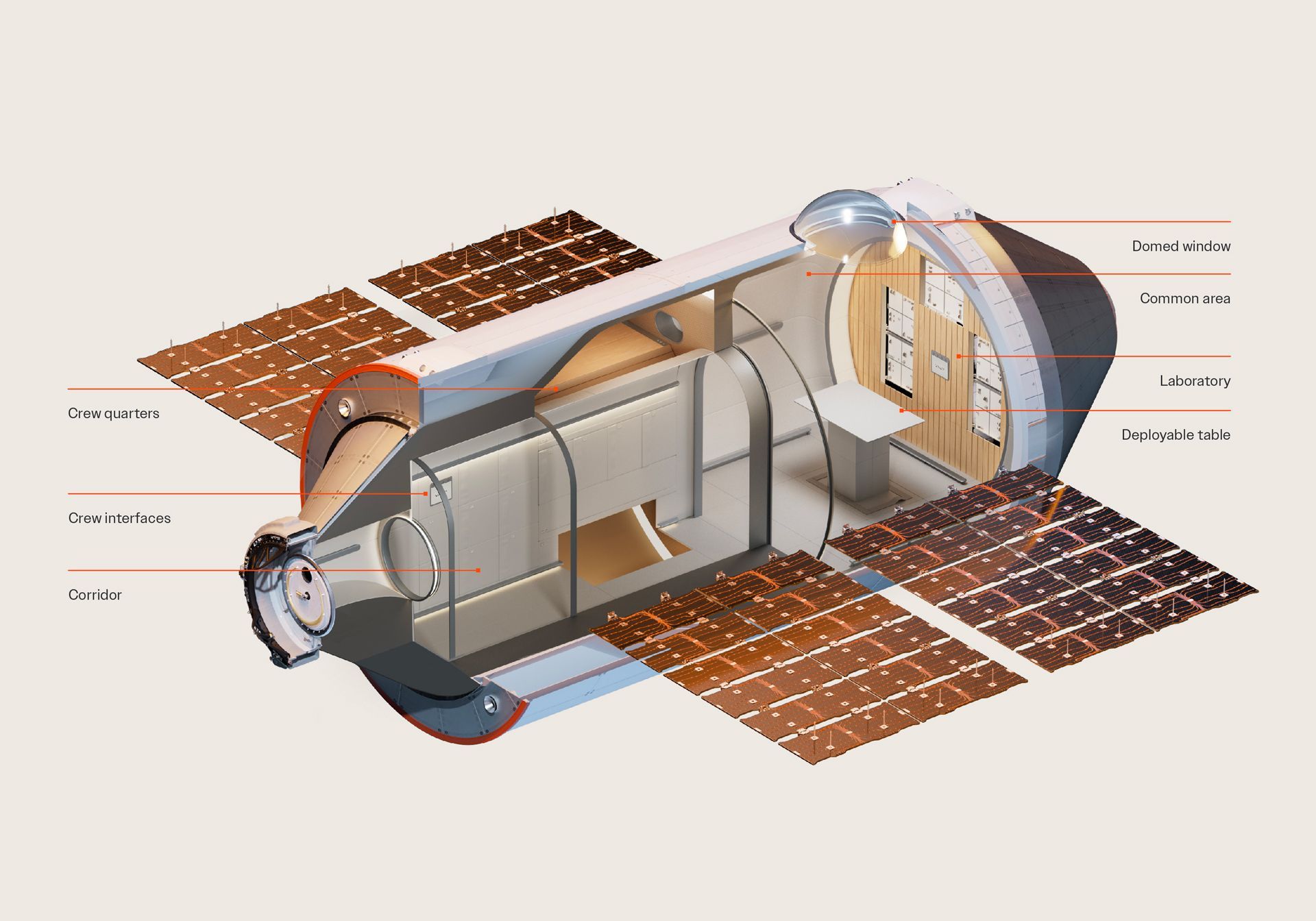
"Among these companies is California-based Vast, which signed a deal with SpaceX to launch what would be the world’s first commercial space station — called Haven-1 — currently slated for May 2026," the
CNN reports.
The single-module design is a simple proof-of-concept meant to be in orbit for three years, to support four two-week missions performed by a crew of four astronauts each.
"Haven-1 would have a diameter of 4.4 meters (14.7 feet) and a habitable volume of 45 cubic meters (1,500 cubic feet), or about the same as inside a single-deck bus—about 1/8 of the ISS, whose habitable volume is 388 cubic meters (13,696 cubic feet)."
"In 2026, a team of astronauts will float inside a glossy white cylinder orbiting hundreds of kilometres above Earth," the
BBC Science Focus Magazine reports.
They’ll gaze down at the planet through a 1.1-metre domed window, sleep in inflatable beds designed for zero gravity, and carry out experiments on the human body, plant growth and protein crystallisation.
"This is Haven-1 – the world’s first commercial space station, built by a private company called Vast. Set to launch in May 2026 aboard a SpaceX Falcon 9, Haven-1 represents a radical shift in the way we live and work in space."
"Dubbed Haven-1, the space station is much more modern and spacious than the ISS, with queen-size beds, a state-of-the-art gym, and maple wood interiors. Haven-1 is the brainchild of US-based space firm, Vast, who teamed up with world-renowned designer, Peter Russell-Clarke, on the design," the Daily Mail reports.
"The station's four private crew quarters can be found above and below the main corridor, and offer astronauts a space to rest and recharge.
'Slightly larger than the crew quarters aboard the ISS, these expanded personal rooms are uniquely designed to allow for changing, entertainment, online communication with loved ones back on Earth (enabled by SpaceX Starlink connectivity), and, most importantly, a good night's rest,' Vast said."

